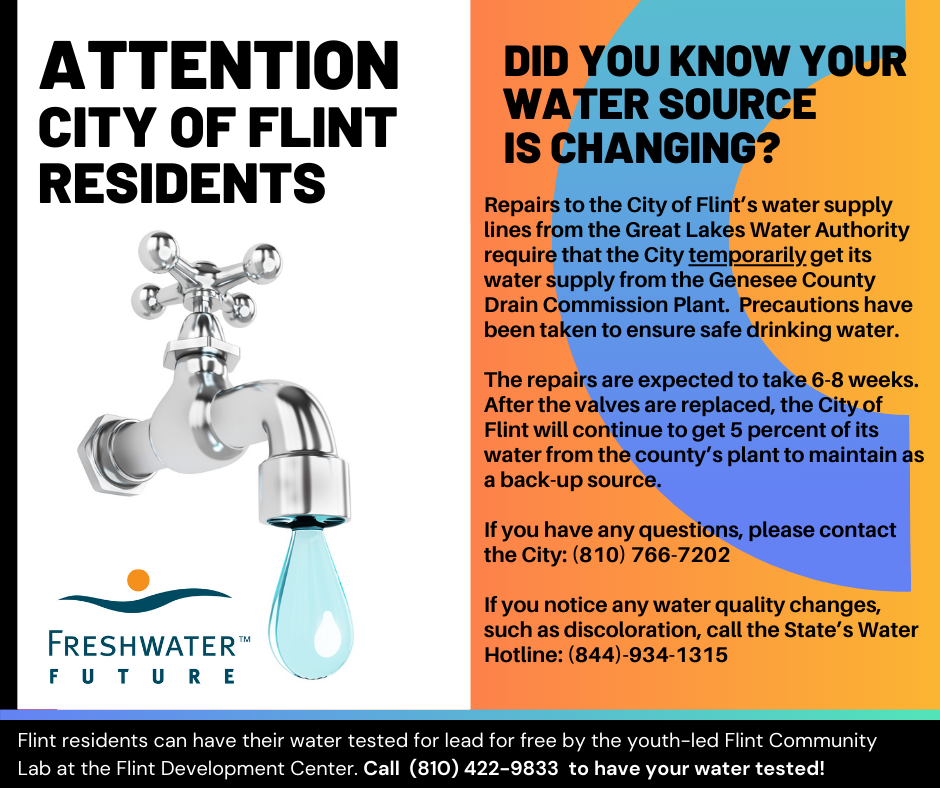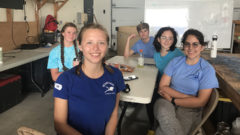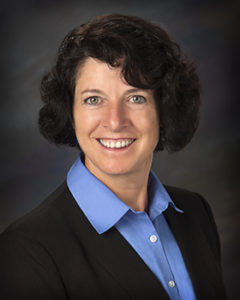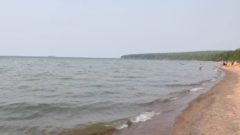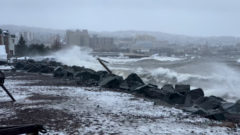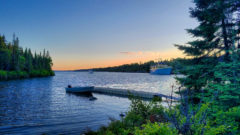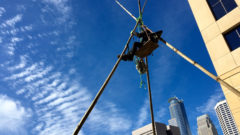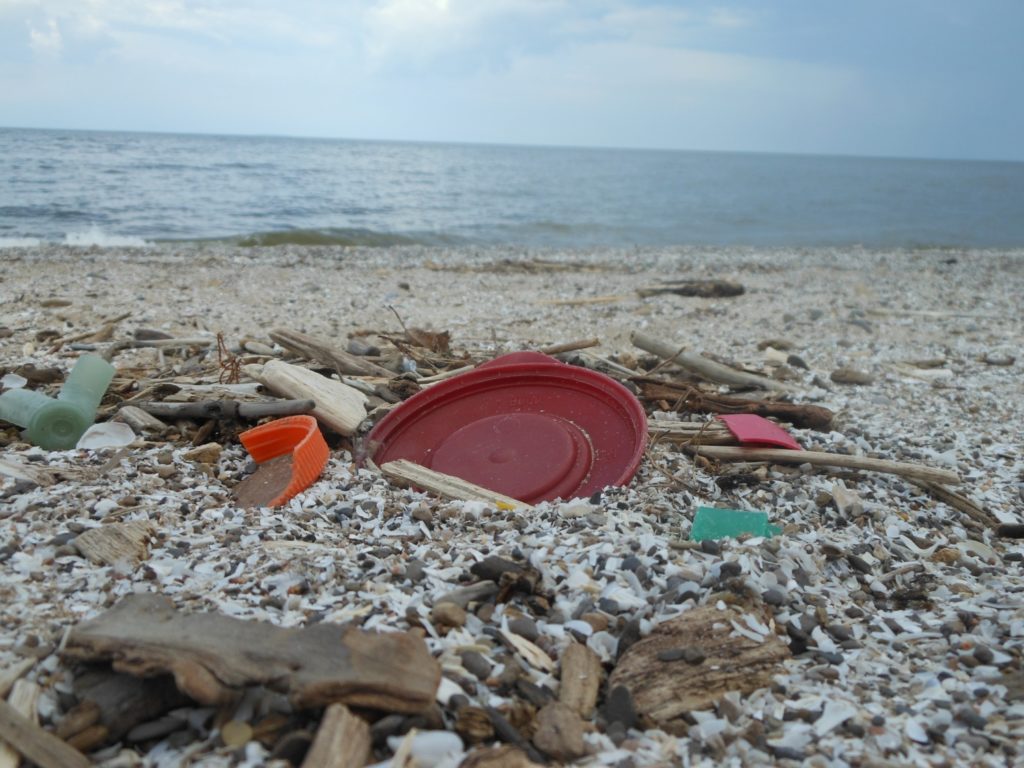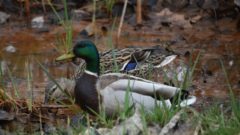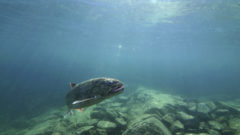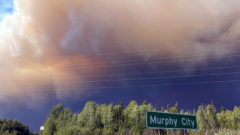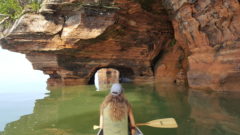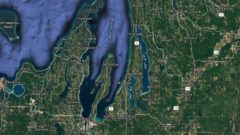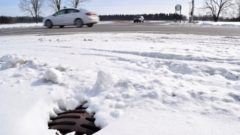GLELC Attorneys Urge State to Protect Health of Rural Michiganders from CAFO Pollution
Comments submitted by the Great Lakes Environmental Law Center seeks greater protections for rural communities increasingly impacted by pollution from Concentrated Animal Feeding Operations (CAFOs). The comment, submitted to the Agriculture Commission and the Michigan Department of Agriculture and Rural Development, was drafted in response to a request for public comment on proposed 2022 Generally Accepted Agricultural Management Practices. In an oral comment presented at a virtual public meeting on August 25, 2021 and in a formal written comment submitted on Aug 27, 2021, GLELC attorneys highlighted the ongoing degradation of air and groundwater quality near CAFO facilities and sites where the enormous volume of animal waste they produce is sprayed or injected onto fields. Specifically, the comments stress the severe impacts this pollution has on the health and quality of life of nearby residents.
The entire comment can be read below.
News - Great Lakes Environmental Law Center
News - Great Lakes Environmental Law Center
https://www.glelc.org/our-blog/2021/9/14/glelc-attorneys-urge-state-to-protect-health-of-rural-michiganders-from-cafo-pollution


